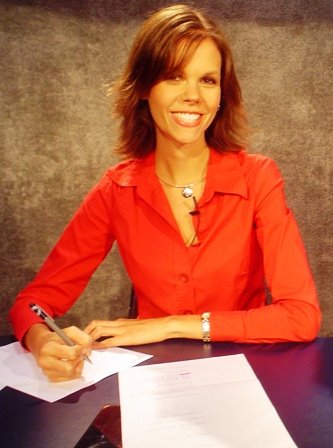 What is beauty? What is race? Who has power? Who gets to decide?
What is beauty? What is race? Who has power? Who gets to decide?These are a few of the issues tackeled in Toni Morrison's The Bluest Eye. Set in Lorain, OH in the 1940s, the story follows the tragic life of the Breedlove's, a black family struggling to survive in a white-ruled society. Pecola Breedlove is obsessed with having blue eyes so she can be pretty like the other girls. Along the way, though, she discovers that happiness cannot come from eye color.
Toni Morrison does an excellent job portraying the pressures that society places on minorities. Pecola is not only ridiculed at school for being who she is (a black child), but she's unloved at home as well. Her mother plays into the thought of white supremacy by showing more love towards her boss's white daughter than towards her own flesh and blood. Her father is abusive and ruins her life.
There are many topics tackled throughout the story. One of the idea of beauty--what is it and how does one get it? Pecola sees beauty as blue-eyed white girls. Her friend Claudia gets angry that this is what she's expected to like and envisions beauty in a black baby. She eventually learns that beauty does not equal happiness or contentment.
Another idea is that of self-hatred. The little black girls and boys grow up with a self-hatred already growing inside them. From the beginning of their life, they're taught through the actions of those around them that they are inferior, dirty, ugly, and bad. Even while some try to fight this, they inevitably seem to gain this self-hatred, almost as a necessary part of growing up.
This book is difficult to get through, but very interesting once you look at its message. It is not a pick-me-up story, but it is eye-opening. It is an important read because it tells in a real, raw way the struggle of a minority in our country. The messages can be spread to people of any skin color. Issues with beauty and self-hatred don't discriminate.

1 comment:
Should girls in general get together and read this book later in high school or college? I could see this becoming a touchy book in high school.
Post a Comment